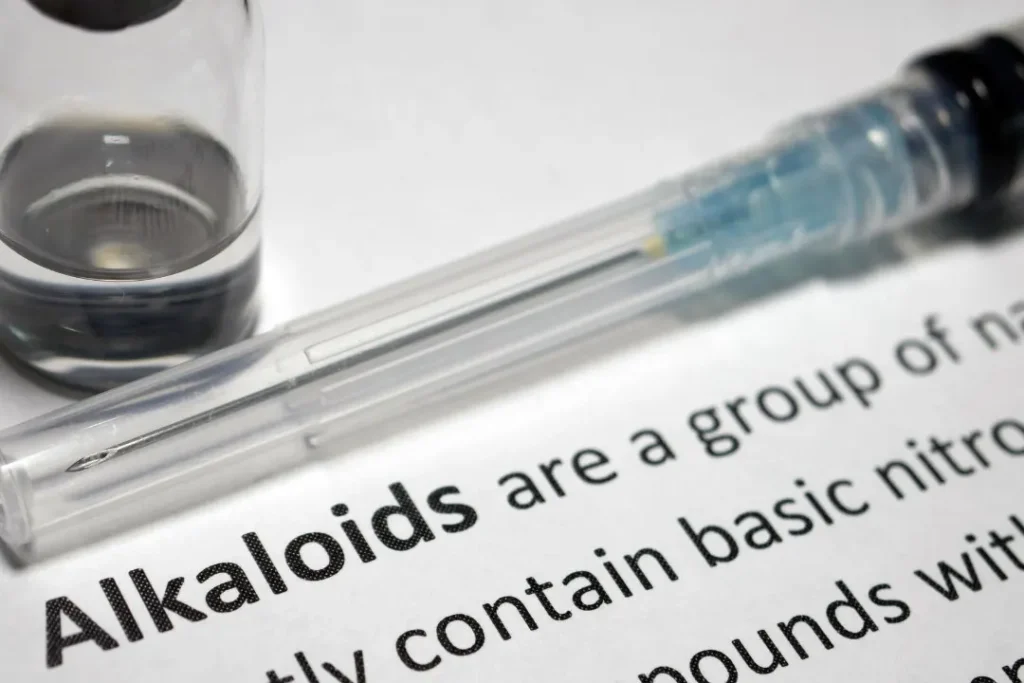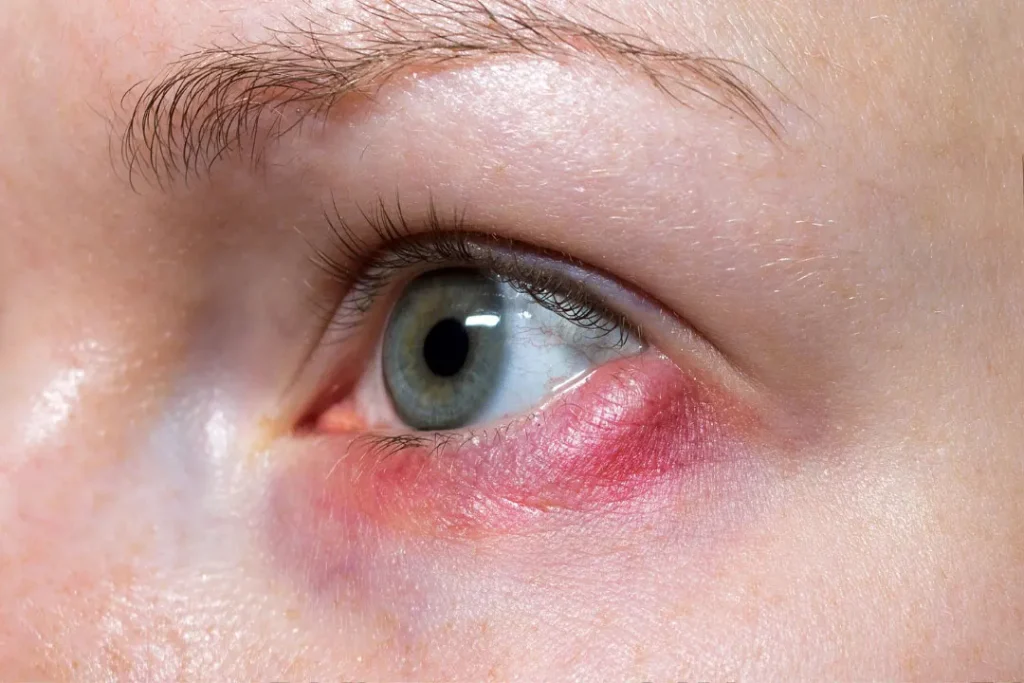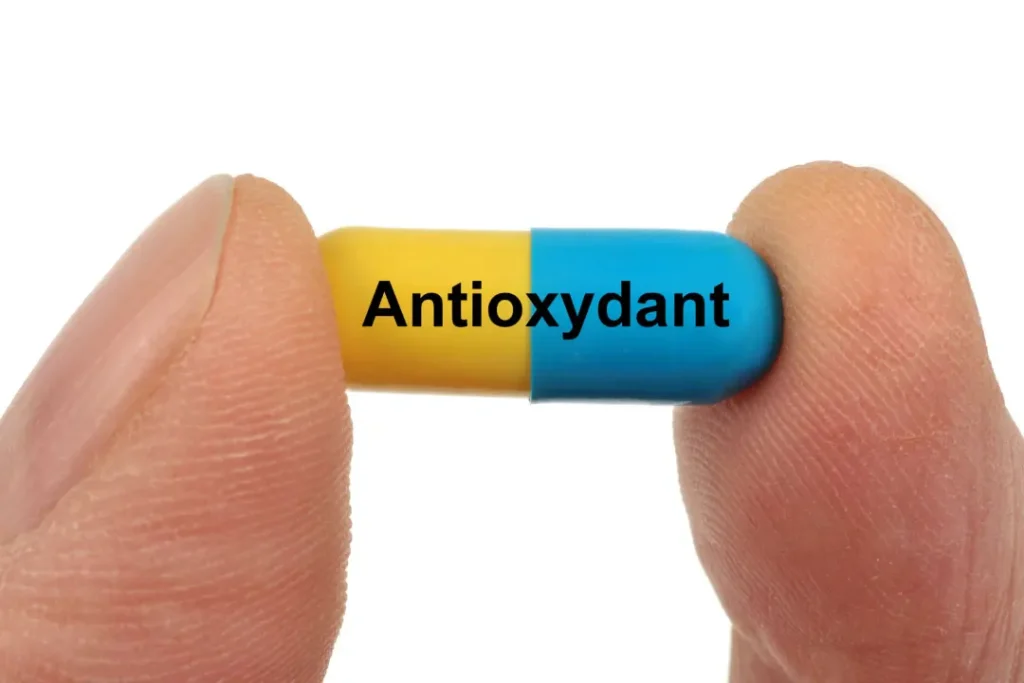There is a vast collection of possible pharmaceuticals found in plants. A fascinating subject of research is the Myosotis species, sometimes known as the “Forget-me-not” plant. The forget-me-not, famous for its tiny, vivid blue or white blooms and revered by many cultures as a symbol of recollection, also has a lesser-known but no less vital position in traditional herbal medicine. This in-depth analysis of forget-me-not will cover the plant’s characteristics, health advantages, dosage, adverse effects, probable drug interactions, and optimal responsible applications.
You May Also Like:
Sunmed CBD vs. Partnered Process CBD: Finding the Best CBD for Sleep
What is Non Restorative Sleep? Here are 5 Great Ways to Get Quality Rest Every Night
Forget-me-not: Benefits, Dosage, Side Effects, Drug Interactions, and Other Important Information is an original (NootropicsPlanet) article.
Nature of Forget-me-not
About 50 species belong to the Boraginaceae family’s Myosotis genus, which is primarily found in the northern hemisphere. These are perennial plants that reach a height of approximately 30 cm, thrive in wet environments, and are distinguished by their tiny, often blue blooms. Myosotis sylvatica, often known as wood forget-me-not, is a plant that is frequently employed in traditional medicine.
Chemical analysis has revealed that Myosotis species are abundant in a variety of phytochemicals, including as flavonoids, phenolic acids, alkaloids, and tannins. These elements, especially flavonoids like quercetin, are considered to have a role in the plant’s possible health advantages.

Health Benefits of Forget-me-not
While the therapeutic applications of Forget-me-not are less studied compared to other medicinal plants, some traditional uses and early research point to potential benefits.
- Anti-inflammatory and Antioxidant capabilities: Quercetin is one of several flavonoids with strong anti-inflammatory and antioxidant capabilities. These substances have the potential to help prevent a range of chronic illnesses, from heart disease to neurological problems, by lowering inflammation and battling oxidative stress.
- Antibacterial Activity: Early research indicates that forget-me-not also possesses antibacterial properties. Alkaloids and phenolic chemicals may be responsible for this action, despite the fact that the specific processes are yet unclear.
- Neuroprotective Properties: Forget-me-not may have neuroprotective effects, and several conventional medical systems make use of this possibility. Though there is no empirical support for this use, flavonoids like quercetin are known to have neuroprotective properties that may, in principle, apply to forget-me-nots.
- Eye Treatment: Forget-me-nots possess remarkable medicinal properties that can be harnessed in the treatment of eye infections. These enchanting flowers are renowned for their antibacterial and anti-inflammatory qualities, making them an effective natural remedy. The soothing properties found within forget-me-nots can help alleviate symptoms associated with eye infections, such as redness, itching, and swelling.

Chemistry of Forget-me-not
Forget-me-not’s chemistry includes a number of bioactive substances that support its cognitive advantages. Forget-me-not contains a lot of flavonoids, a class of polyphenolic chemicals obtained from plants. These flavonoids have anti-inflammatory and antioxidant characteristics, such as quercetin and kaempferol.
Forget-me-not contains anthocyanins, a group of flavonoids that gives the plant its distinctive blue hue. Anthocyanins have been linked to a number of health advantages, including improved cognitive function. These substances have been demonstrated to strengthen neural signaling, operate as potent antioxidants, and guard against age-related cognitive decline.

Physiological Mechanism of Action of Forget-me-not
Forget-me-not’s physiological mechanism of action involves multiple channels that affect memory and brain function. Flavonoids and anthocyanins, two bioactive substances included in Forget-me-not, operate as antioxidants and anti-inflammatory agents.
The process of oxidative stress, which can harm cells and impede cognitive function, helps protect the brain with antioxidants.
The antioxidants in Forget-me-not promote brain health and may aid memory and cognitive function by scavenging dangerous free radicals.
Forget-me-not has also been shown to alter the activity of neurotransmitters in the brain. Acetylcholine is a neurotransmitter that is essential for memory creation and retention. The neurotransmitter system regulation of Forget-me-not may increase synaptic plasticity, resulting in better memory consolidation and recall.
Optimal Dosage of Forget-me-not
Due to the paucity of scientific evidence, determining the ideal dose of forget-me-not as a dietary supplement is difficult.
One to two cups of tea made from the leaves and stems are often advised to be consumed daily in traditional usage. However, these dose suggestions need to be used with caution because there haven’t been any thorough clinical investigations.
Side Effects of Forget-me-not
When used sparingly, forget-me-not is often regarded as safe for most people.
However, strong or chronic usage may result in liver damage because of the presence of pyrrolizidine alkaloids.
It is advised that those who are pregnant, nursing, or have young children, as well as those who have liver illness, refrain from consuming it. stomach pain and, in rare instances, reactive skin responses are possible side effects.

Potential Substance Interactions with Forget-me-not
Potential interactions with drugs or other substances should be taken into account, as with any herbal product. The effects of nonsteroidal anti-inflammatory medicines (NSAIDs) may be theoretically enhanced by forget-me-not due to its anti-inflammatory qualities, thereby raising the risk of adverse effects.
Additionally, the presence of pyrrolizidine alkaloids may be dangerous when taken with hepatotoxic medications, perhaps aggravating liver damage. For that reason, you should always get medical advice before incorporating Forget-me-not or any new supplement into your regimen.
Best Responsible Use
The delicate and symbolic forget-me-not flower has an intriguing potential for therapeutic purposes, supported by both early scientific study and conventional herbal therapy. But there is still a lot to learn about the specific mechanisms of action, ideal dose, long-term safety, and possible interactions because there haven’t been many thorough trials.
To guarantee safety and efficacy, using this plant medicinally should always be done with the advice of a skilled healthcare professional.
Forget-me-not:
Conclusion
Forget-me-not is a beautiful and characteristic little plant that is both appealing to the eye as it can be useful as a remedy. But there’s still a lot we don’t know, like how much you should take and if it could interact with other drugs, especially if you have underlying liver issues.
However, there are still modern applications of Forget-me-not that may warrant experimentation in your diet. If you’re thinking about using it, it’s probably best highly adviseable that you talk to a doctor first.
With the right precaution at the start, you’ll be all the more likely to reap the bountiful benefits of forget-me-nots.
References:
- Strict Forget-me-not. Retrieved from: https://luontoportti.com/en/t/294/strict-forget-me-not
- Forget Me Not Flower Tea. Retrieved from: https://www.thespruce.com/forget-me-not-plant-profile-4799948
- FORGET-ME-NOT. Retrievevd from: https://www.rxlist.com/forget-me-not/supplements.htm
Important Note: The information contained in this article is for general informational purposes only, and should not be construed as health or medical advice, nor is it intended to diagnose, prevent, treat, or cure any disease or health condition. Before embarking on any diet, fitness regimen, or program of nutritional supplementation, it is advisable to consult your healthcare professional in order to determine its safety and probable efficacy in terms of your individual state of health.
Regarding Nutritional Supplements Or Other Non-Prescription Health Products: If any nutritional supplements or other non-prescription health products are mentioned in the foregoing article, any claims or statements made about them have not been evaluated by the U.S. Food and Drug Administration, and such nutritional supplements or other health products are not intended to diagnose, treat, cure, or prevent any disease.


